Remote Control: The ability to control the robot dog’s movements through a remote control device, allowing users to make it move forward, backward, turn, etc.
Stunt Performances: The robot may have pre-programmed or customizable stunt sequences, such as flips, spins, or other entertaining movements.
Voice Commands: The capability to respond to specific voice commands. This adds an element of interactivity as children can give instructions to the robot dog.
Programmability: Allowing users to program specific actions or sequences for the robot to follow. This feature enhances creativity and provides a more personalized experience.
Touch Sensors: Sensors on the robot’s body that can detect touch. This could be used to trigger specific responses, such as making the robot bark or perform a specific action when touched.
Music and Songs: The ability to play music or sing songs. This feature adds another layer of entertainment and engagement for children.
Interactive Games: Some robot dogs may come with built-in games or activities that children can play with the robot, enhancing the overall interactive experience.
LED Lights: Bright and colorful LED lights can add visual appeal to the robot, making it more attractive to children.
Rechargeable Battery: A rechargeable battery is often included for convenience, allowing for repeated use without the need for constant battery replacements.
Educational Elements: Some versions of these toys may incorporate educational aspects, such as teaching basic programming concepts or introducing simple math and language skills.
Obstacle Avoidance: Some robot dogs may be equipped with sensors that help them detect and navigate around obstacles. This adds an element of autonomy to the toy.
Emotional Responses: Advanced versions might mimic emotions through sounds or movements, expressing happiness, excitement, or even “sadness” in response to certain interactions.
Wireless Connectivity: The ability to connect to other devices via Bluetooth or Wi-Fi, enabling additional functionalities such as syncing with a smartphone app for more control options.
Camera and Video Feed: An integrated camera that provides a live video feed to a connected device, allowing users to see the world from the robot dog’s perspective.
Customizable Appearance: Interchangeable or customizable parts, such as stickers or accessories, allowing children to personalize the robot dog’s appearance.
Storytelling Mode: A mode where the robot narrates or acts out simple stories, providing a more immersive and entertaining experience.
Language Learning: Incorporating language learning features, such as repeating words or phrases in different languages, to make the toy both fun and educational.
Automatic Charging Dock: Some robot dogs can automatically return to a charging dock when their battery is low, ensuring they’re always ready for play.
Gesture Recognition: The ability to recognize and respond to specific hand gestures, adding another layer of interactivity without the need for a remote control.
Parental Controls: Features that allow parents to set usage limits, control volume levels, or restrict certain functionalities to ensure a safe and age-appropriate experience.
Dance Mode: A mode where the robot dog can dance to music, adding a playful and entertaining element to its repertoire of movements.
Facial Expressions: LEDs or mechanical features that mimic facial expressions, allowing the robot dog to “express” different emotions.
Voice Changer: The ability to modulate or change its voice, adding a fun and creative dimension to interactions.
Augmented Reality (AR) Integration: Some robot toys may have AR features that interact with a compatible app, bringing virtual elements into the real-world play experience.
Weather Recognition: An interesting feature where the robot dog might react differently based on the weather conditions or changes in atmospheric pressure.
Follow Mode: The ability for the robot dog to autonomously follow a person or an object, creating a dynamic and interactive play experience.
Sleep Mode: A feature that allows the robot dog to “sleep” or power down after a period of inactivity to conserve battery life.
Feedback Sensors: Sensors that can detect different surfaces or textures, influencing how the robot moves or responds.
Learning Games: Educational games that encourage problem-solving, critical thinking, or memory skills.
Group Play Capability: If you have multiple robot dogs, they might be able to interact with each other, creating a more social and cooperative play environment.



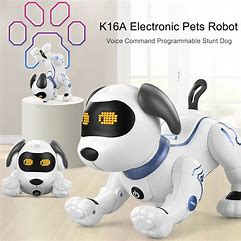
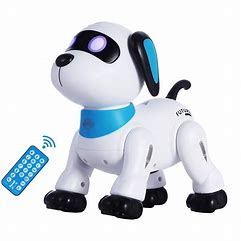
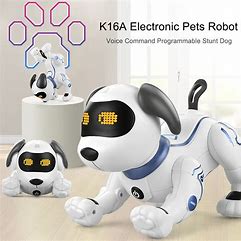
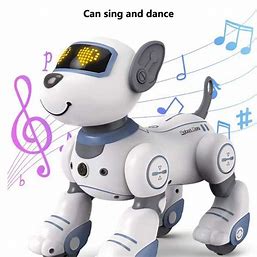


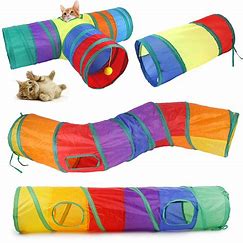
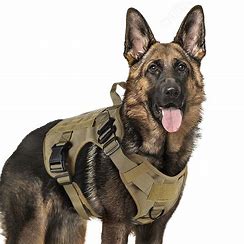
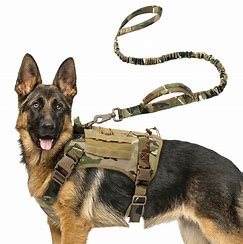
Reviews
There are no reviews yet.